The Estonian defence minister, Hanno Pevkur, said in an interview with Estonian World that there was more allied firepower in the country than ever before, and the country is properly defended so that the Estonian people can sleep in peace.
“Today I can say that we have more allied firepower than ever before. Give or take, we should have over 40 tanks – 14 of them Danish, the rest are British. The British are here with a multiple rocket launcher, and we have never had such firepower in Estonia before,” Pevkur said.
“One thing is boots on the ground, but another one is what they have with them. The battle group that’s currently here, the Royal Hussars, their firepower is definitely bigger than we’ve had before.”
Pevkur said that there are currently three contingents in Estonia – the Danes, the French and the British – adding that “There are other allies in smaller units”, including the United States.
Assuring Estonians that their country is well defended, Pevkur pointed to recent military investments such as next year’s twofold increase in land defence bolstered by 3,800 new conscripts.
Moreover, Pevkur added, “The year after that, we’re increasing the number of new conscripts to 4,000. These steps give even additional assurance that Estonia is defended, that the Estonian people can sleep in peace.”
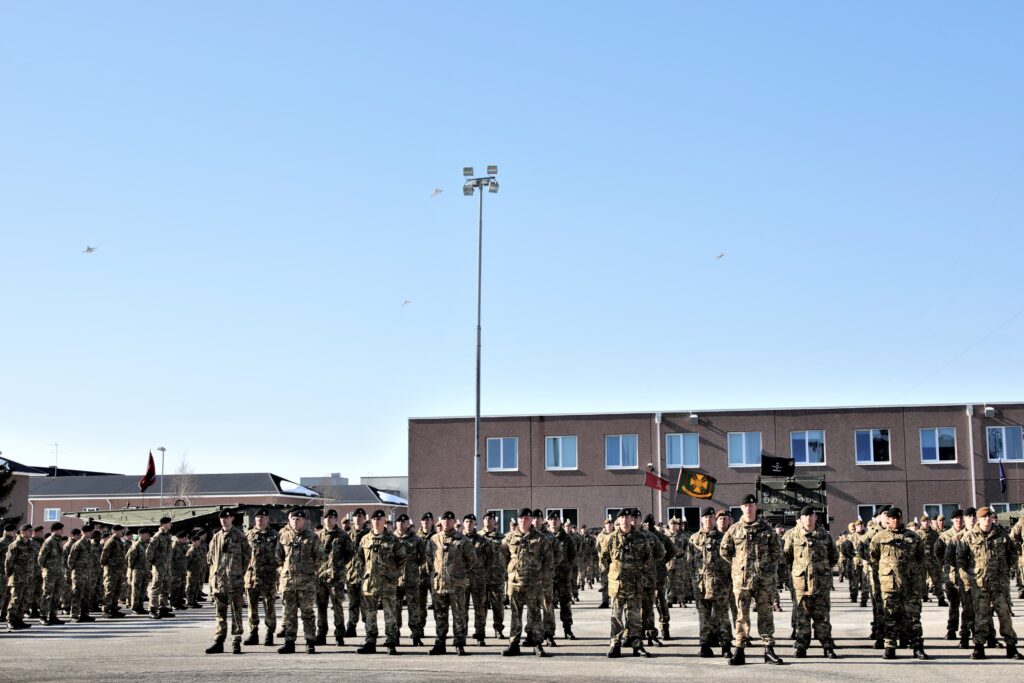
Recalling the additional rotation
Last week brought the news that the United Kingdom will pull half of its forces out of Estonia by Christmas, despite pledges from its ministers to strengthen NATO defences in the face of Russian aggression. The Estonian defence minister told Estonian World, however, that this was not entirely accurate.
“The UK contingent that’s part of eFP [NATO’s enhanced Forward Presence] doesn’t decrease,” Pevkur said. Instead, the British had merely indicated to Estonia that an additional battle group meant to serve four months may not be extended, following a six-month extension this past July.
“But this doesn’t concern the agreed contingent who’s here permanently,” Pevkur clarified. “The agreed contingent is about 900 to 1,000, and the additional battle group who’s here – it’s 600 to 700 personnel. This is not decreasing the agreed British presence, it’s recalling the additional rotation.”
However, details of the deal are not entirely inked, with the defence minister saying more specifics will become clear in the coming weeks.
“On Tuesday, I have a meeting with the British defence minister [Ben Wallace], and according to my knowledge, the prime minister [Kaja Kallas] will talk to the British prime minister [Liz Truss] this week. Then we’ll find out if the British indication not to extend [the additional battle group] will remain valid.”
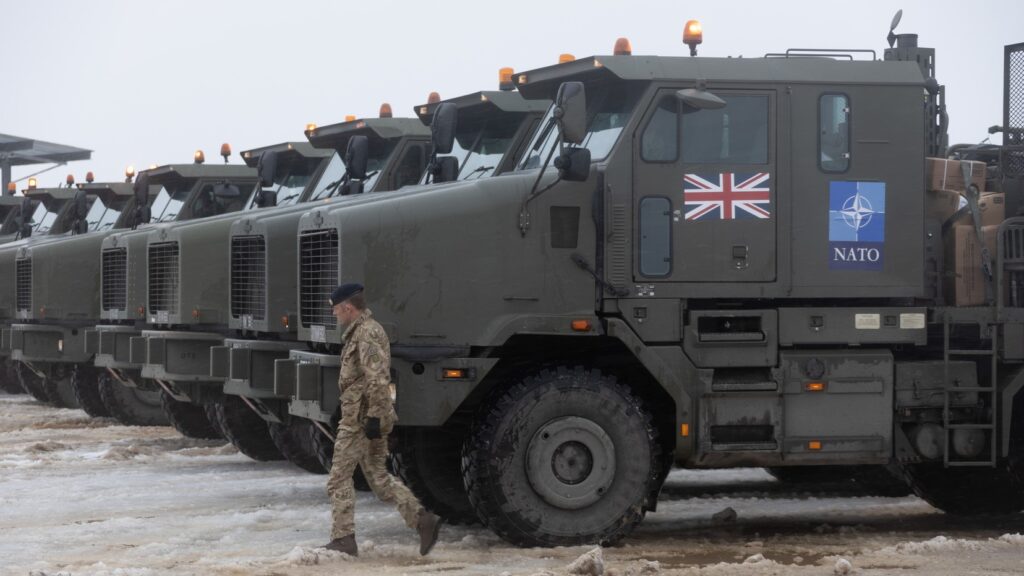
An entire brigade will be deployed to Estonia
At the NATO summit in July 2022 in Madrid, Spain, the allies agreed that both the United States and the United Kingdom would send additional defence forces to Estonia, as well as Latvia and Lithuania.
All of this begs the question: would the UK’s decision to recall its additional battle group mean the country reneged on its promise?
“Absolutely not,” Pevkur said. He added that the deployment of the additional battle group to Estonia “was a speedy reaction to what was happening in Ukraine. The responsibility taken in Madrid [by the allies] – our main goal is that it will be done.”
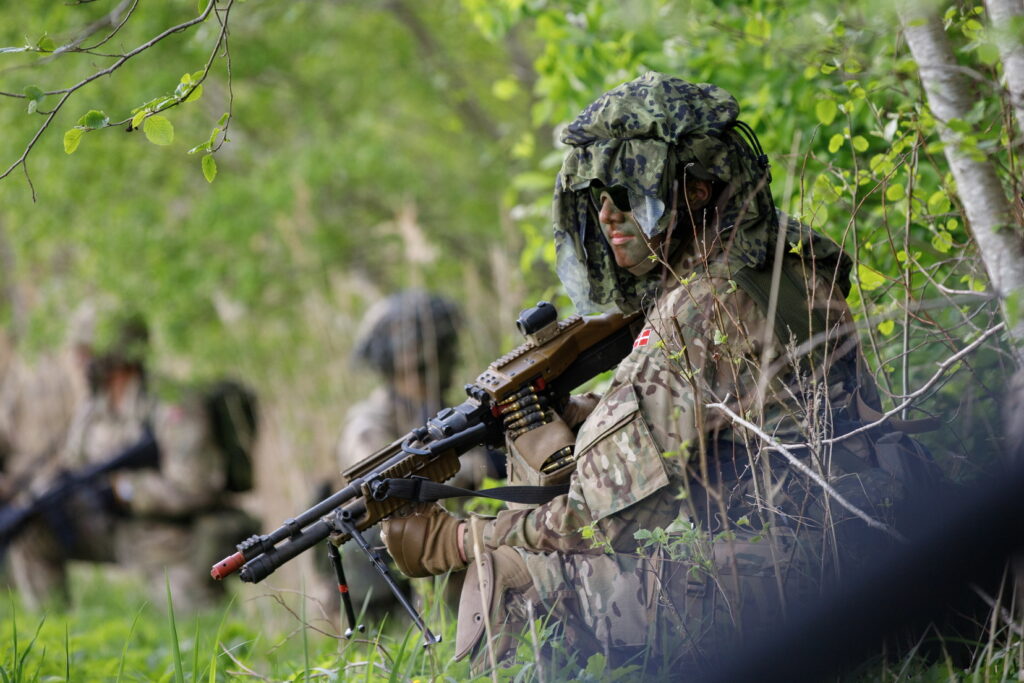
According to him, the Madrid commitments made by the allies have three components.
The first component is that the British allocate not just a battle group – which caps out at 1,000 service members – to Estonia, but an entire brigade, or up to 5,000 troops.
“The second component is that when the Brits have allocated a brigade – with its headquarters also in Estonia – then we’d have three brigades in Estonia: two Estonian and one British. And to manage the three brigades, we’d create a divisional structure with a division headquarters,” Pevkur explained.
Lastly, Estonia is asking that NATO agrees on new regional defence plans, including one for Estonia, with enough time to affirm them at the NATO Vilnius summit, which is due to be held sometime next year.
“These three things are in the works,” said Pevkur, “and they definitely mean that the British contribution in both as an enhanced Forward Presence and real military aid will, if need be, considerably larger.”
Contributing to the country’s own defence capabilities
Estonia is also planning to acquire more military equipment. Next year, Estonia will, through an Estonian-Polish joint procurement, buy the PIORUN short-range man-portable air defence systems.
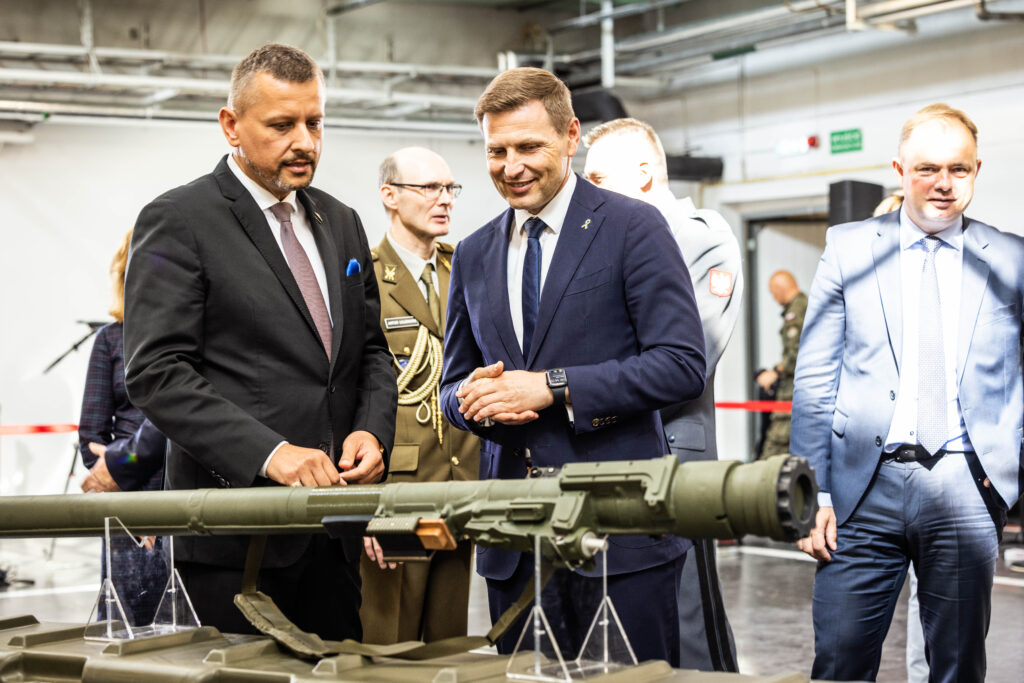
In addition to its arsenal of Javelins, the American-made portable surface-to-air missiles, “We’ll also be getting anti-tank guided missiles Spike LR,” Pevkur told Estonian World.
Estonia is also getting new coastal defence systems, including land-to-sea Israeli-made Blue Spear missile systems that have a range of 290 kilometres (180 miles), new naval mines and the M142 High Mobility Artillery Rocket Systems (HIMARS, a light multiple rocket launcher), he added.
“And the largest investment in the coming years is a medium-range ground-based air defence system. So we’re indeed contributing very much into our own defence capabilities.”
Pevkur pointed out that Estonia has plenty to learn from the war in Ukraine, such as acquiring long-range firepower, and specifically, the Korean-made self-propelled mobile howitzer K9. According to Pevkur, there will be 18 K9s in both Estonian brigades.
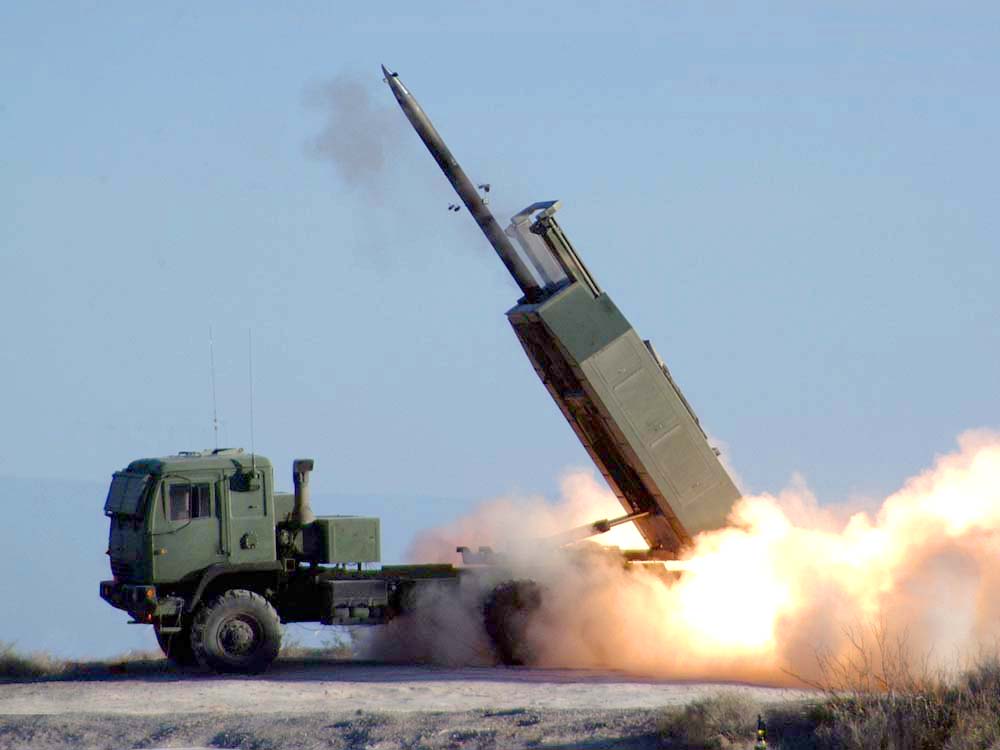
The commander of the Estonian Defence Forces, lieutenant general Martin Herem recently proposed that the conscription should last 12 months. Currently, the Estonian conscripts serve eight to 11 months, depending on which branch they’re recruited to.
“When the commander of the defence forces proposes something, the government has a duty to discuss that,” Pevkur said. “When the commander of the defence forces comes to the defence minister with a proposal, then we at the ministry analyse it, look at it from the financial perspective and try to give it an objective opinion.
“But the essence of it is even more important [than] whether it’s 11 or 12 – or maybe more – months. The essence is that we have new weapons systems, and these weapons systems need longer training and [guaranteed] preparedness.” the defence minister noted.
“I wouldn’t actually call it conscription; I’d call it preparedness training or being prepared. When a conscript finishes their training, they should be ready to use this or that weapons system in real life. And we must agree on how long this preparedness training should be.”
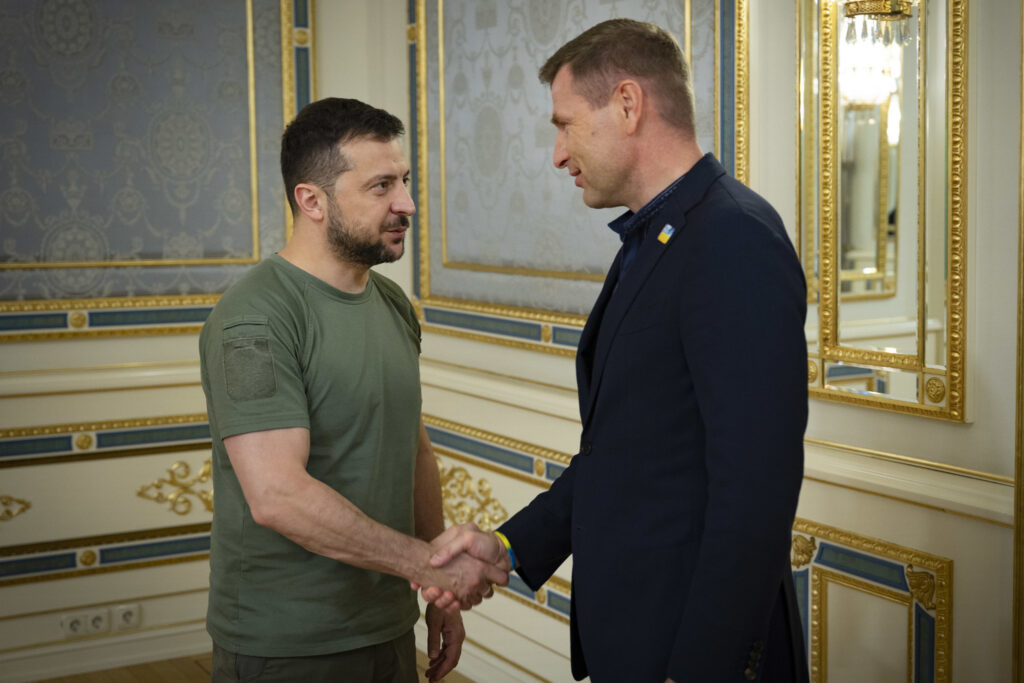
Sweden may send additional troops to Estonia
As Finland and Sweden continue the process of joining NATO, Pevkur and the defence ministry are discussing the possibility of both countries sending service members to Estonia.
“With Finland, we can talk about missions defending our air spaces, and the Swedes aren’t ruling out that they would send a contingent to Estonia within the eFP,” said Pevkur. “Time will tell if and how our real cooperation will look like. But in any case, we’re closely cooperating with our neighbours.”
Pevkur also pointed out that the Estonian Defence League – the country’s paramilitary defence organisation which works to guarantee the preservation of the independence and sovereignty of the state, as well as the integrity of its land area and its constitutional order – will have a bigger role.
“The Defence League is a land defence force. Our plan is to increase the land defence force from 9,500 fighters to 20,000 within a year and a half,” said Pevkur. “This also means that we have to man it, acquire gear for them, and it also means that the Defence League’s role in the defence plans and defence structures will increase.”
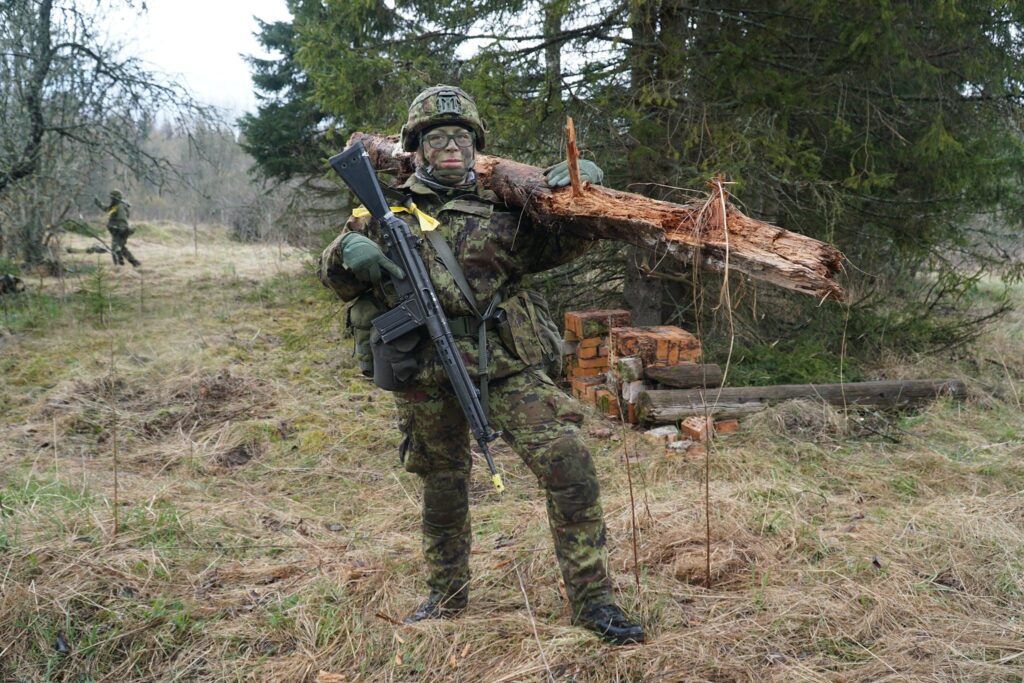
Hanno Pevkur, 45, a member of the Estonian Reform Party, has been the defence minister of the country since 18 July 2022. A lawyer by trade, Pevkur has served as a member and a vice chairman of the Estonian parliament, a social minister, justice minister and an interior minister. From 2017 to 2018, he was the chairman of the Reform Party.

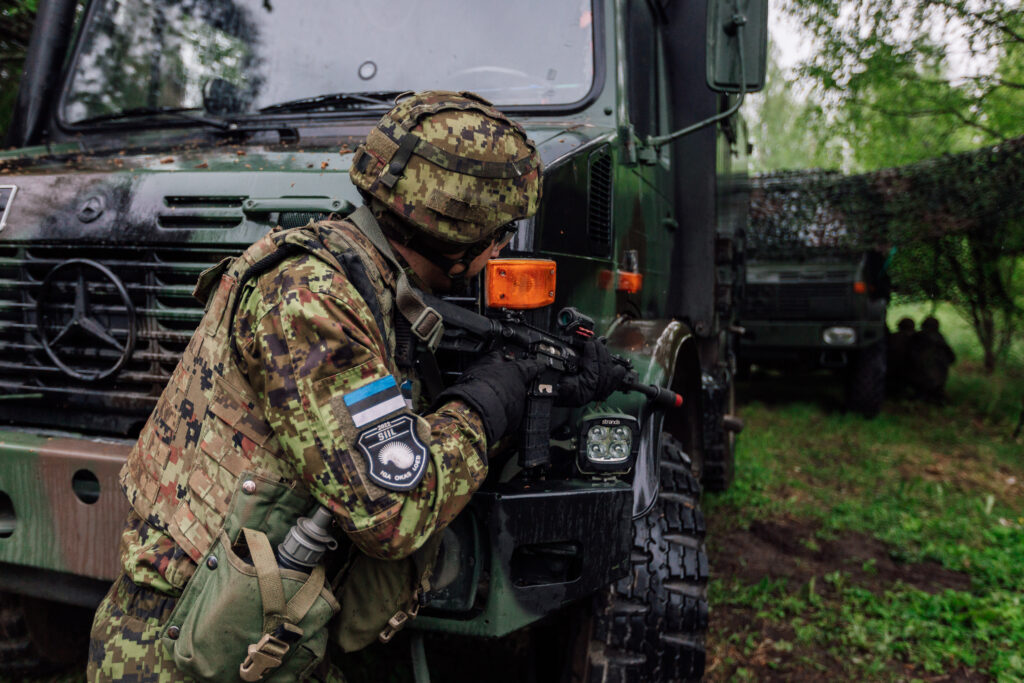
All of this, from the increase in numbers of Estonian Defense Force Conscripts to NATO Troop support to Defensive Weapons systems acquirements, are positive developments that do enhance the overall security situation of Estonia as a whole.